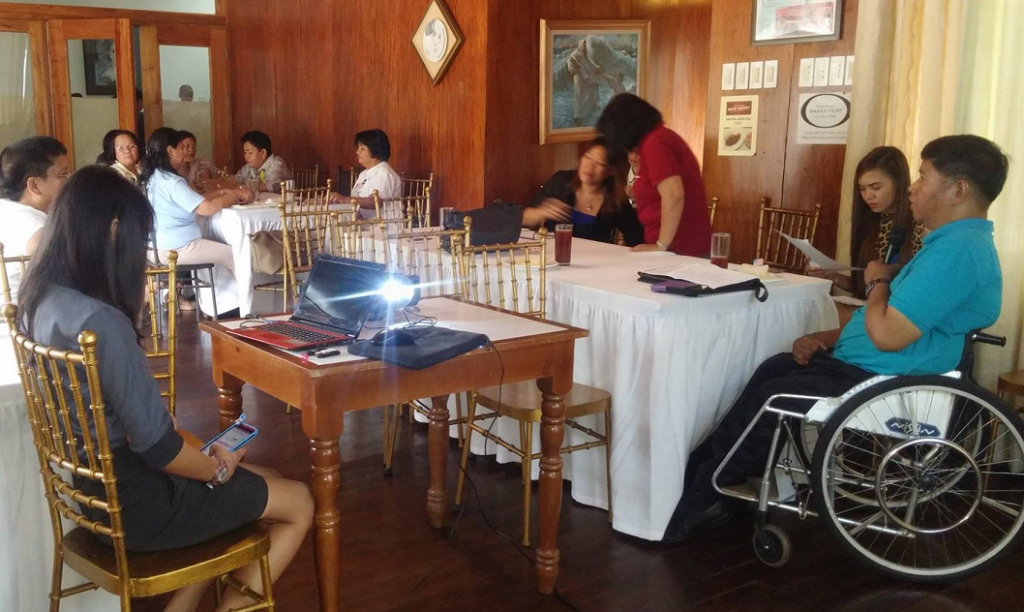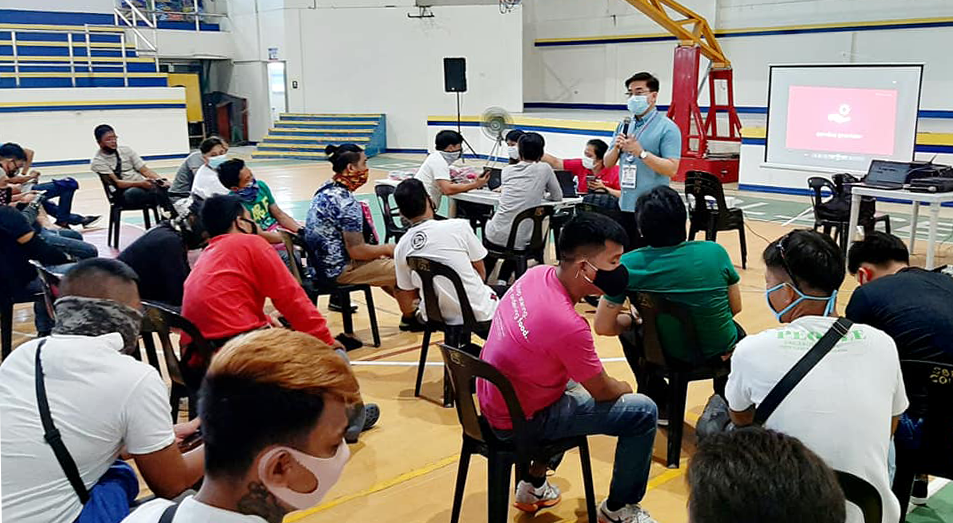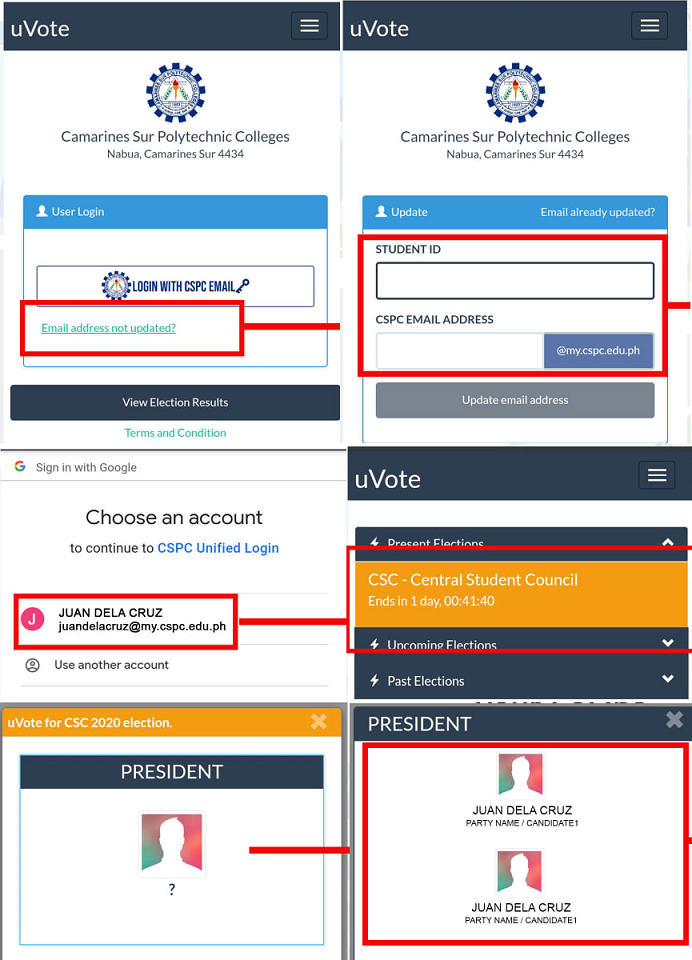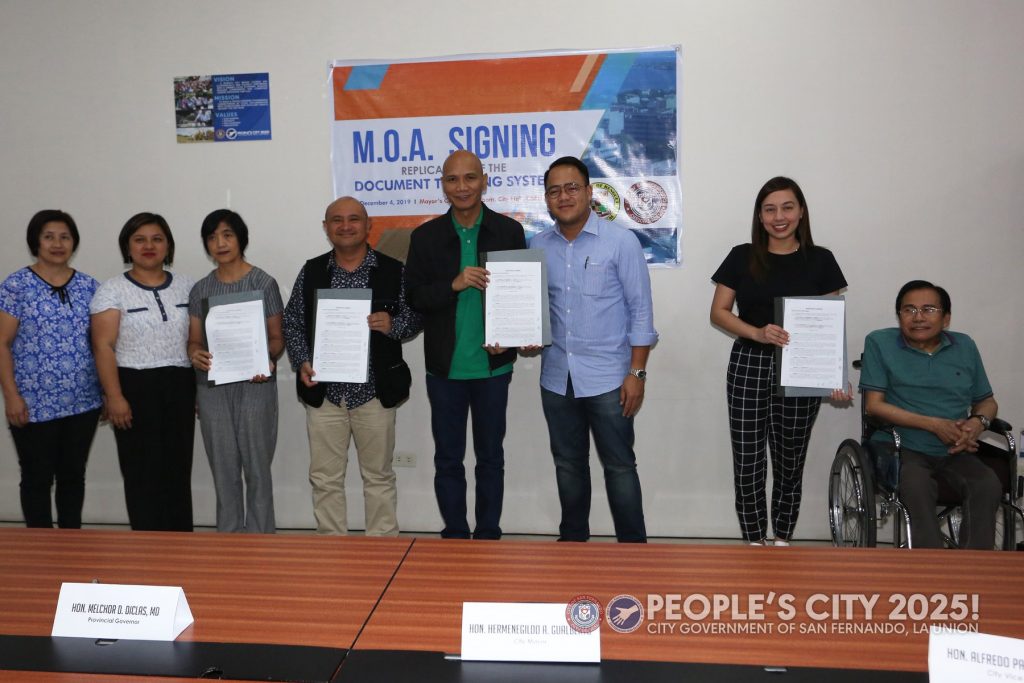Organization
Bureau of Fire Protection
Best Practice Focus Area/s
Leadership, Strategy, Citizens / Customers
Year Implemented
05 June 2020
This is a GBPR for COVID-19 Response entry
Summary
Stay Alert, Focused, and Empowered Quezon City or #SAFEQC was created by District Fire Director Senior Superintendent Joe Fernand L Bangyod, DSC, as soon as he was designated to the position on 5 June 2020, in response to the COVID-19 pandemic. The said program is intended to enable the BFP to cope and adapt to the new normal while adhering to the protocols set by the Department of Health, the Inter-Agency Task Force, the Department of Labor and Employment, and other agencies. The program focuses on improving BFP services and reaching the public online, as doing so has been one of the challenges faced by the office in these trying times.Â
Background and Problem
According to the Philippine Statistics Authority, Quezon City has a population of 2,936,116 (2015). According to the BFP, the ideal ratio is one fireman for every 2,000 people, which means the BFP needs about 1,469 personnel to maintain a fire-safe community. The QCFD, meanwhile, has 589 firefighters, a deficit of 880. Despite this, the QCFD thrives in serving and reaching people in their homes through social media.
Another challenge is developing a way to encourage the safe processing of the FSIC. The QCFD formulated an online application system for the FSIC called Fast Service in Issuing Certificates. Business owners will process their applications online, and building inspectors will validate their compliance. The QCFD could mitigate the risk of transferring COVID-19.
The challenge of COVID-19 during these times put the Quezon City Fire District’s resiliency and preparedness to the test. Such difficult times will not stop the QCFD from helping people. With the pandemic, the District Fire Marshal has turned a crisis into an opportunity to improve and innovate.
Solution and Impact
Conceptualization of the #SAFEQC has led the organization to move forward as soon as the District Fire Marshal was designated to the position. The program effectively uses an unfamiliar approach to change the system by dealing with the unfamiliar COVID-19. Fresh ideas and the leadership of the District Fire Marshal impacted each personnel and motivated them to develop themselves and further improve the fire sub-stations facilities.
The program involves the following initiatives:
- The Public Information Studio intended to create safety materials and post information about the station’s accomplishments and its best practices, and the status of the Quezon City Fire District in fulfilling its mandate. It also paved the way for the creation of Brigada Eskwela sa Bahay, wherein the BFP-QCFD innovates a new strategy in reaching its communities through creating safety tips, videos, and materials on social media (QCFD-Public Information Services on Facebook and Quezon City Fire District on YouTube Channel), thus, improving awareness on mitigating risks and preparing the community in dealing emergencies and disasters.
- The facilitation of the COVID-19 Mobile Swabbing/Testing facility is intended to reach Barangays that aid in screening and monitoring the status of residents in a community. The QCFD also aids in transporting COVID-19-positive patients to quarantine areas and medical facilities.
- Another focus of this practice is creating Fast Service in Issuing Certificates or Fire Safety Inspection Certificates (FSIC) to improve the ease of online applications for renewal and occupancy and business establishment applications.
- It also touches on the plan of modernizing Station Facilities, in which a Command Center, Conference Room, Dispatch System, and Monitoring Equipment will be established per station with the help of the Department of the Interior and Local Government programs. Furthermore, District Fire Director Senior Superintendent Bangyod also supports and initiates the improvement and repairs of sub-station facilities and firetrucks to respond to fires and emergencies effectively and to provide assistance in decontamination.
- As it facilitates public safety and the personnel of Quezon City Fire District, various activities were made routinely to improve firefighters’ overall well-being. Such activities include morning exercise, cleaning fire stations and firetrucks, Bible sharing, monitoring of personnel with COVID-19, implementing minimum health standards set by the DOH, implementing the Disiplina Muna program by the DILG, Oplan Ligtas na Pamayanan through daily firetruck visibility, transporting of COVID-19 positive patients to quarantine and medical facilities, performing decontamination process and the like.
As social media is the most effective means of communication nowadays, the QCFD has taken advantage of it to deliver safety lectures to people. The QCFD also successfully launched a studio for video creation of “Brigada Eskwela sa Bahay†using the QCFD-Public Information Services Facebook page and the Quezon City Fire District YouTube channel as a platform for educating and providing relevant information to the public. The said program was also on its way to developing online applications for new FSIC and Renewal for a more accessible and easier transaction.
Furthermore, Mobile Swabbing/Testing Facilities also touched people’s lives in the barangays. The aim of this approach by QCFD, both accessible in person and through social media, is to strengthen the bond between Firefighters and Citizens. The term #SAFEQC — which stands for Stay Alert, Focused, and Empowered Quezon City — has been coined to guide the main objective of QCFD’s approach to the new normal.
Milestones/Next Steps
Through #SAFEQC:
- Public Information Services successfully launched a studio for the video creation of “Brigada Eskwela sa Bahay,†which educates the public about fires and online safety tips under the new normal. The videos created were posted on various social media accounts such as the QCFD-Public Information Services Facebook page and the Quezon City Fire District YouTube Channel;
- Fire trucks at substations were immediately repaired;
- Fast service in issuing FSIC was formulated;
- Programs such as Disiplina Muna and Oplan Ligtas na Pamayanan were effectively implemented and observed;
- Personnel’s overall well-being was improved;
- Running card was improved for faster response to fires and other emergencies;
- A commitment was made to transport COVID-19-positive patients to quarantine and medical facilities;
- Various facilities underwent decontamination;
- There was coordination with the DILG for modernizing Stations, and;
- COVID-19 Mobile Swabbing/Testing Facilities to citizens were provided.




